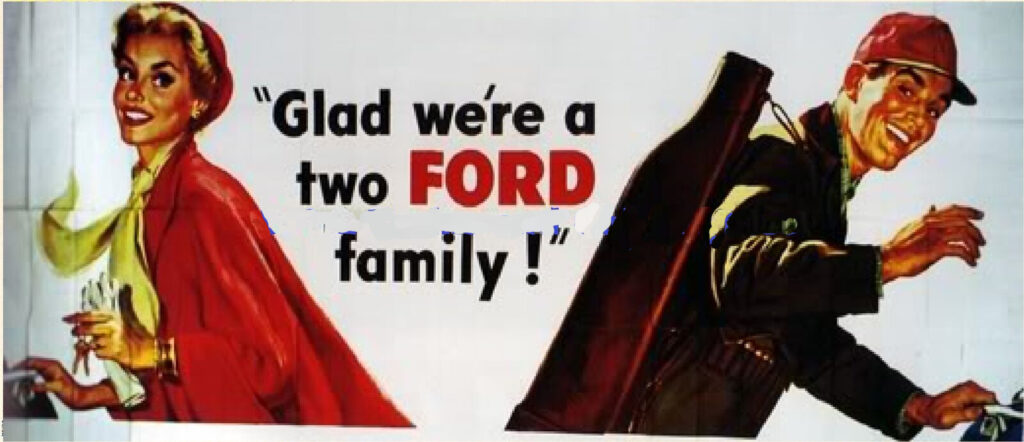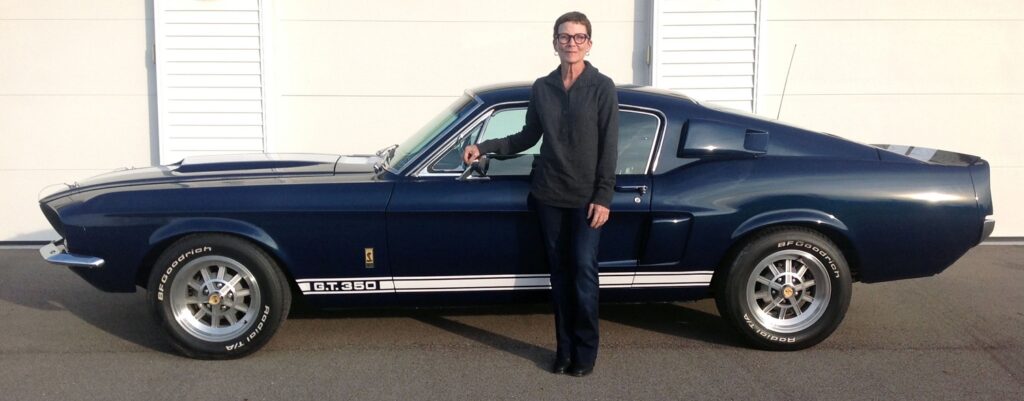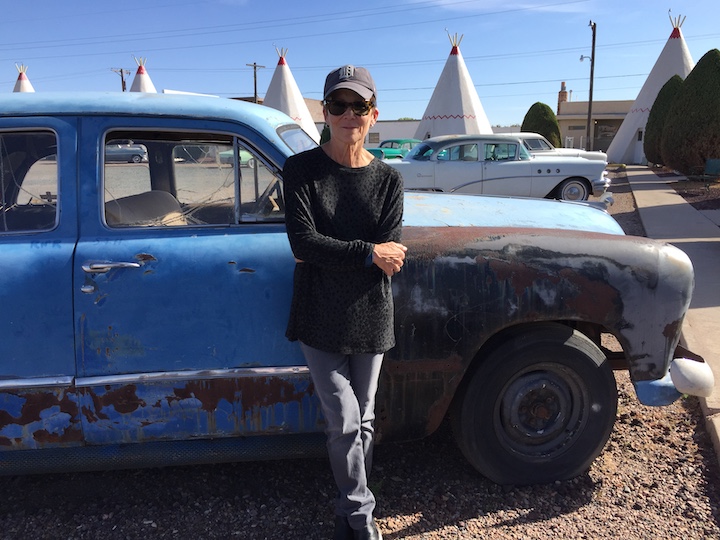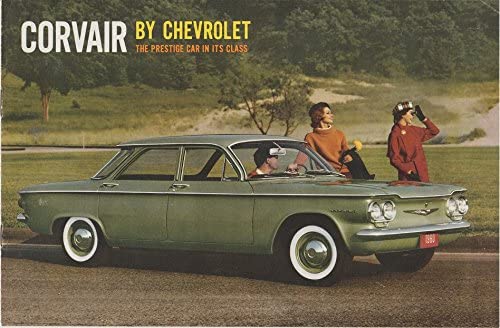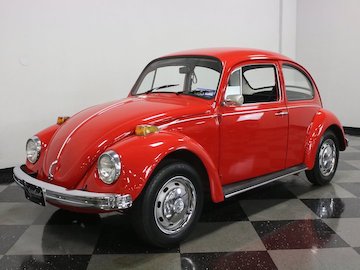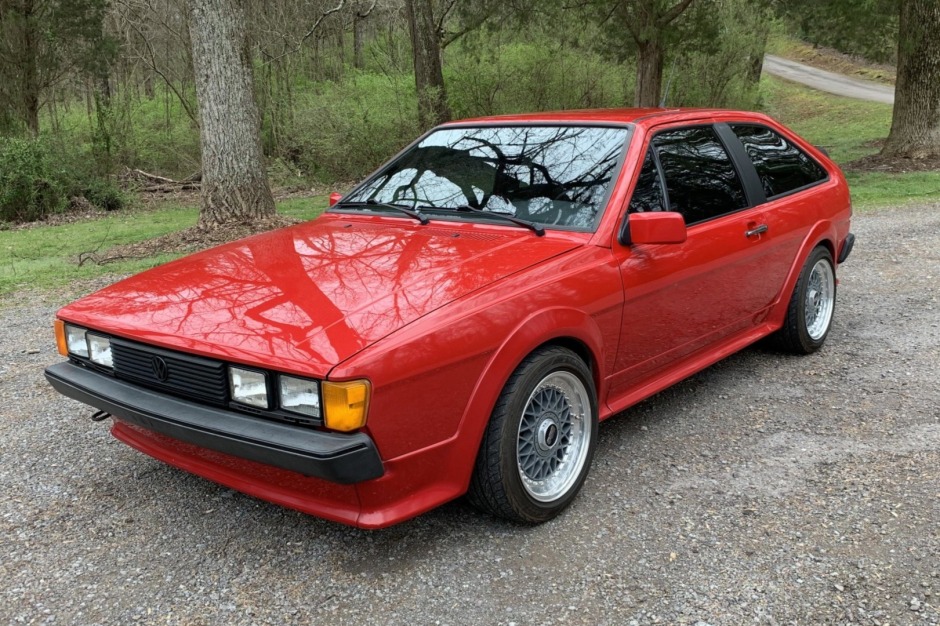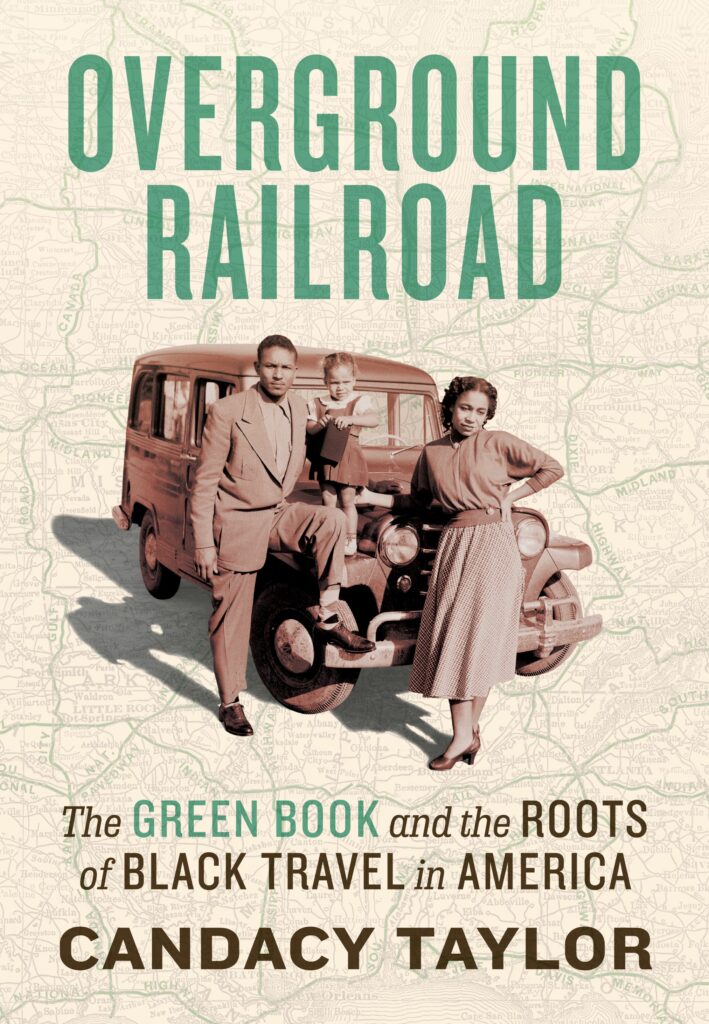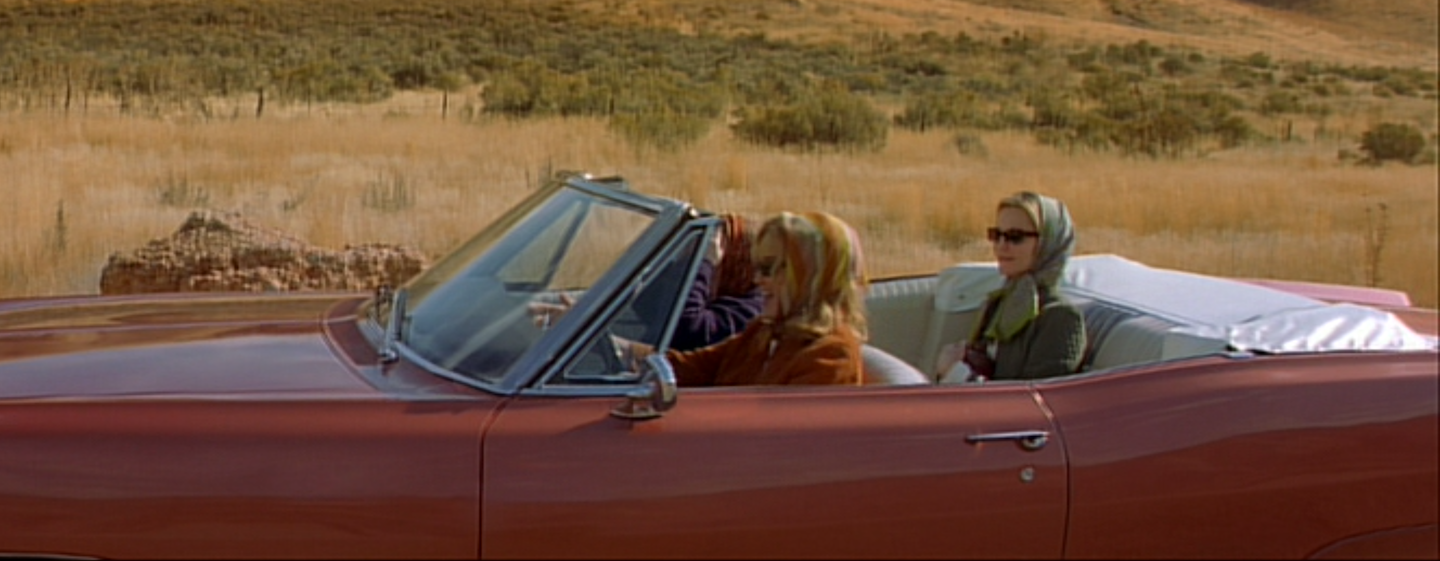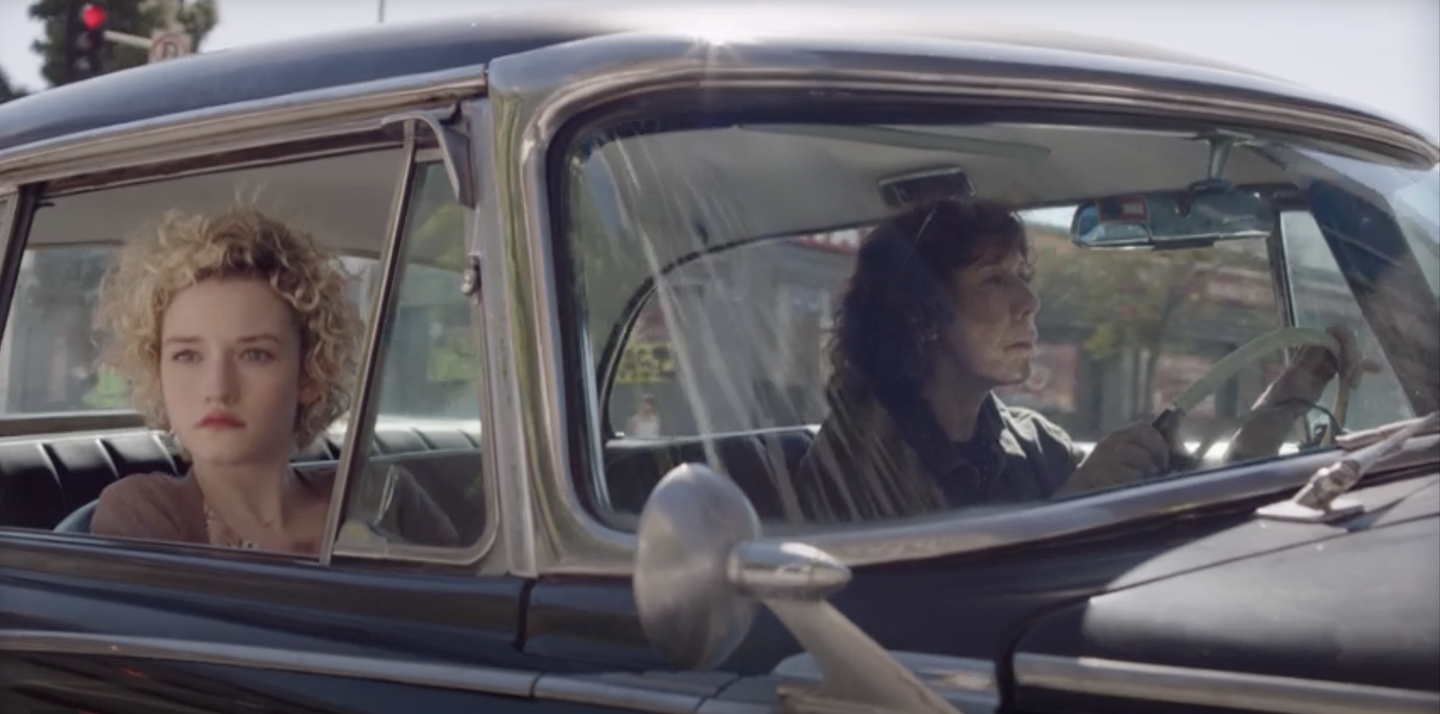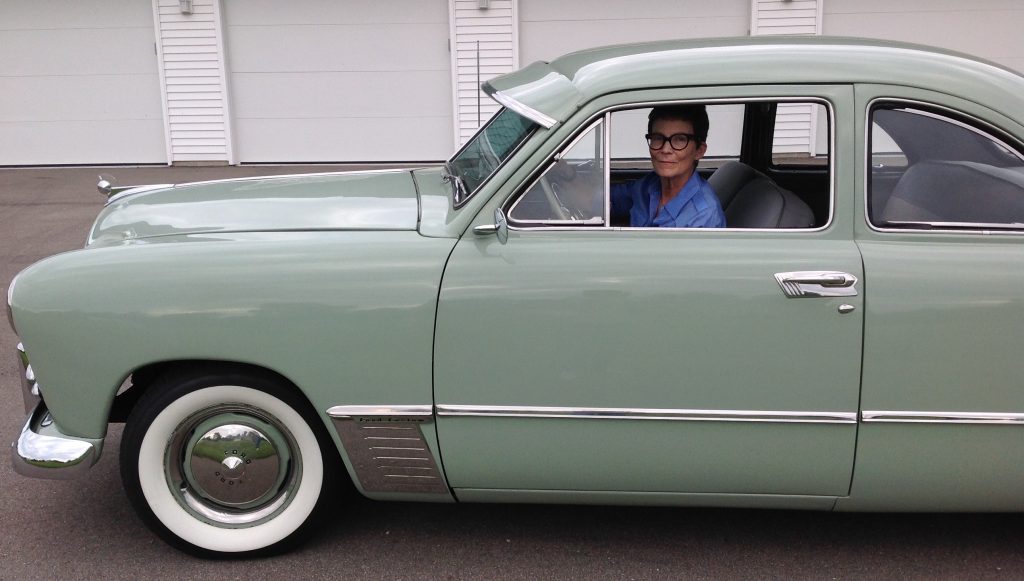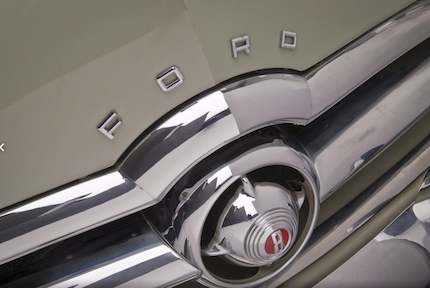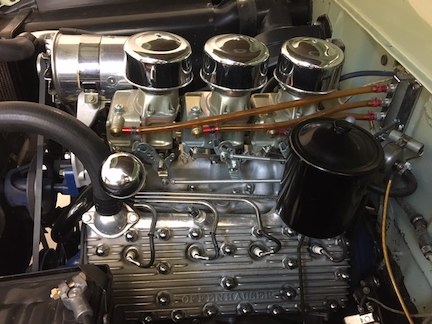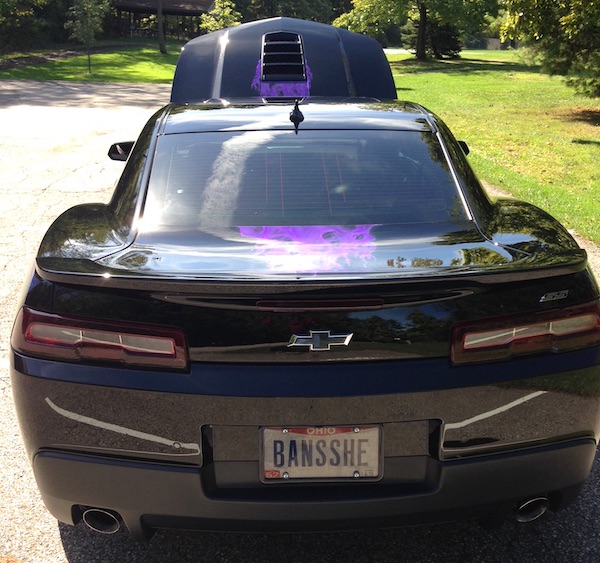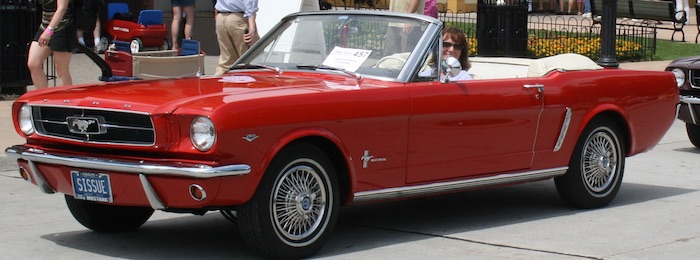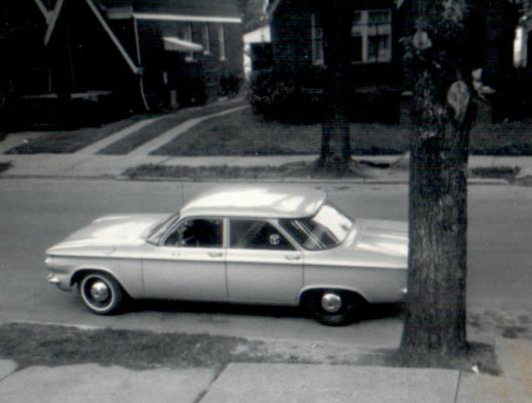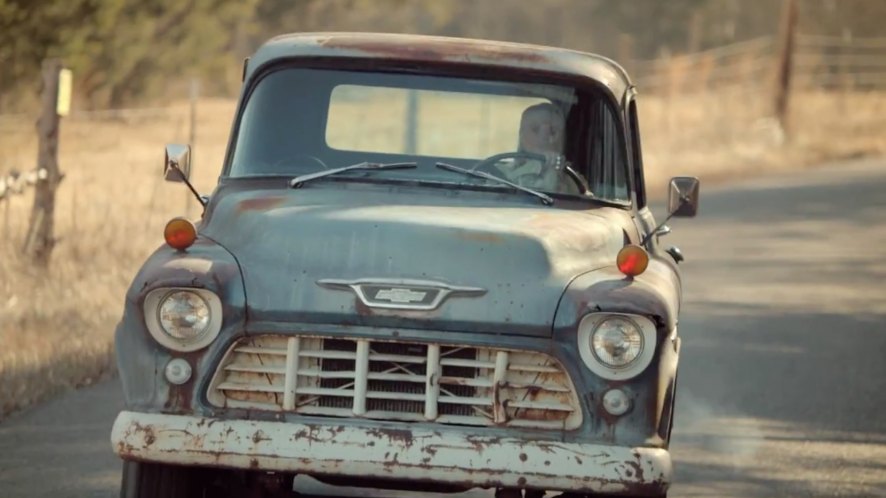While in graduate school during the early 2000s, I devised an independent study focused on my growing interest in the relationship between women and cars. What follows is one of the response papers in which I examine how gender influences the meanings ascribed to the automobile in popular fiction.
If the automobile existed merely as a mode of transportation, it would be found primarily in showrooms, on freeways and in public parking lots and personal garages. If it were regarded as simply an object of technology, the car would be praised for its utility and practicality, and cursed when it didn’t perform to expectations. If the automobile was only valued for its usefulness, it would be regarded in the same manner as other technological necessities of the home and workplace, such as the washing machine, dishwasher and office copier.
However, the automobile has taken accumulated a variety of alternative meanings since the Model T first rolled off Henry Ford’s assembly line. As David Laird suggests, automobiles promise “power, mobility, freedom, even a ‘poetic’ space that beckons from beyond the too familiar course of things” (244). Rather than simply a means to get from here to there, the car serves as a symbol of status, daring and sexual prowess. It is considered a home away from home or a room of one’s own. In the US, the automobile is not only found in the driveway, but in films, art, music, popular culture and literature as well. In such locations, the car is not just a prop or background; rather, it often serves as a reflection of a particular society and is imbued with cultural and personal meaning. In literature, the automobile is often a metaphor for our hopes and dreams, for how we live and what we want to be. While there are certainly a number of attributes that influence the car’s role in literature, one of the most significant is gender.
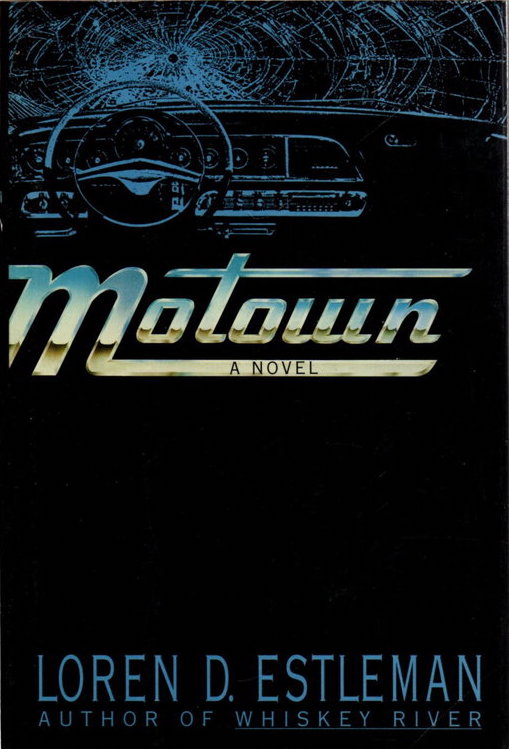
There can be little argument that the car is considered a masculine technology. And in literature, whether in a real or symbolic capacity, the automobile is most often a male space, located within a masculine environment. Loren Estleman portrays such a gendered location in Motown, a crime novel loosely based on events that occurred in Detroit during the summer of 1966. The auto industry, faced with mandatory automobile safety upgrades during the era of the “muscle car,” provides the backdrop for three parallel storylines and a lot of dirty business. The major players in Estleman’s novel are male, and the “muscle cars” they drive are fueled by testosterone. Motown’s women are stereotypical at best; they not only reveal Estleman’s notion of women’s place, but also represent the pre-feminist ideology of the auto industry. As a crime novel of the noir genre, Motown is concerned about what cars, and the car industry do, rather than the meanings ascribed to automobiles. Estelman’s storyline reflects, in the words of David Laird, “a society enormously dependent upon the automobile both as a means of transportation and as a source of economic activity” (244). Motown is built on plot rather than ideology; the cars in Estleman’s novel move the narrative literally rather than figuratively.

In other literary genres, however, the automobile is often a metaphor for male experience and masculine character. Unlike fictions such as Motown, the focus of narrative is not the car or car industry. Rather, the presence of the automobile in the novel fulfills a symbolic purpose. Marie Farr, in “Freedom and Control,” asserts that in such contexts, male writers “accept the popular myth that identifies the automobile with male sexuality, power and control: in their works, driving often becomes a rite of initiation or a test of masculinity.” In these fictions, men are the drivers, and as such, carry the narrative forward. The dreams that the car represents – success, adventure, conquest and youth – are the property of men. If women are present in such narratives, they are only going along for the ride.
The first appearance of the automobile in women’s literature occurred in the “road trip” genre. Women’s travel stories offered women writers the opportunity to explore the possibilities of female automobility. As Deborah Clarke remarks in “Domesticating the Car,” “women wrote increasingly about journeys, about mobility, and about the power inherent in this increased freedom” (101). Unlike male writers and drivers, women do not take the independence automobiles offer for granted. Access to the car does not equal independence, as it has often been instrumental in restricting women’s movements while keeping them close to home. For decades, cars have been sold to women as a form of domestic technology. Farr suggests that to the 1950s American housewife, the automobile had become “the vehicle through which she did much of her most significant work, and the work locale where she could most often be found.”
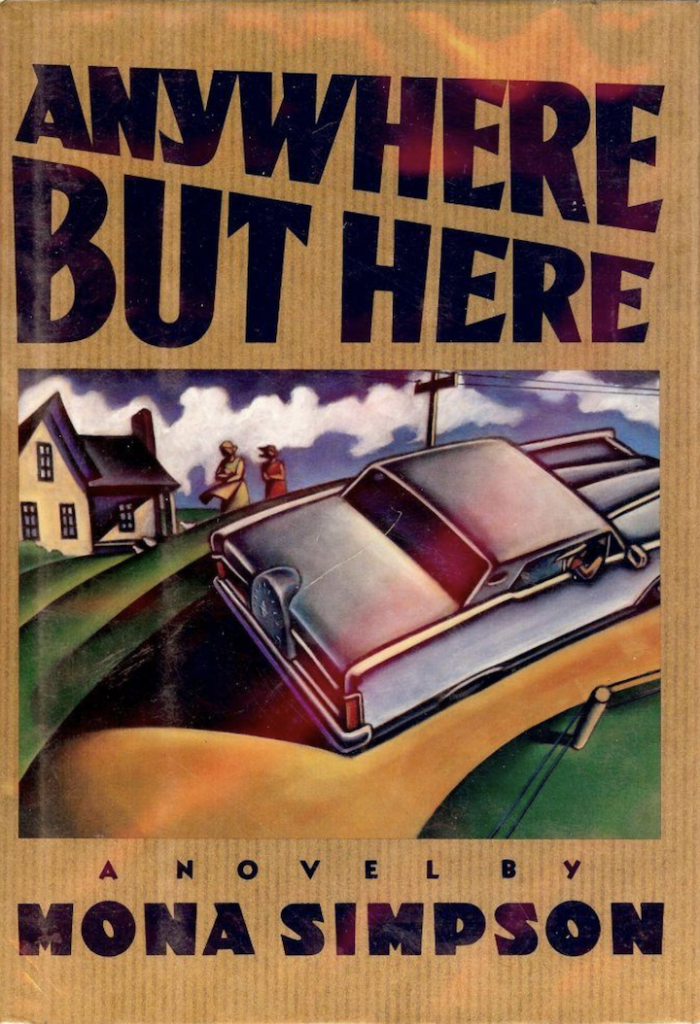
The second wave of feminism inspired many female writers to call upon the automobile to reflect women’s growing agency and autonomy. Like their male literary contemporaries, women writers employ the car as metaphor to equate driving with living. The automobile in women’s literature often provides women temporary freedom from the constraints on how they are allowed to live. Thus while male writers use the automobile and the act of driving as symbols of power and control, female authors appropriate and reconfigure male images so that power as control transforms itself into “the power of being one’s own person” (Farr).
The car as “home away from home” or a “room of one’s own” has special meaning to women. Often unable to leave their children behind, automobiles in women’s fiction often serve as a moving family. In women’s fiction, cars may also function as a personal space away from domestic and familial responsibilities. While both male and female writers ascribe meaning to the automobile in fiction, the reality of women’s lives suggests that the metaphor has alternative meanings, determined by the gender of the writer and the driver.

Since its invention, the automobile has been firmly linked with masculinity. Women’s access to the automobile, and the meanings associated with it, has been qualified at best. Women’s fiction provides admission to a culture that has been historically closed to female readers and drivers. It infringes on the masculine car culture and reclaims and reconfigures the automobile into women’s own image. As Deborah Clarke writes, “American fiction reflects and shapes the dynamics between women and cars” (195). The automobile in contemporary American women’s fiction provides evidence that women are, in fact, viable and significant participants in American car culture.
Estleman, Loren. Motown. New York: Bantam, 1991.
Farr, Marie T. “Freedom and Control: Automobiles in American Women’s Fiction of the 70s and 80s.” The Journal of Popular Culture 29 (1995) 157-69.
Laird, David. “Versions of Eden: The Automobile and the American Novel.” The Automobile and American Culture. D.L. Lewis & L. Goldstein, eds. Ann Arbor: The University of Michigan Press, 1983. 639-651.
